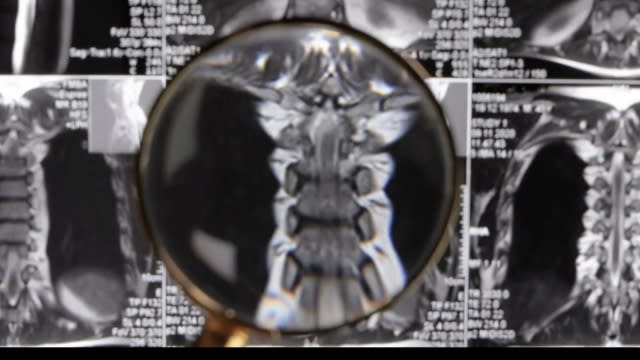New back surgery gaining popularity to alleviate pain

The number of people who suffer from back pain is expected to jump by 36% over the next three decades.
That’s from a new study from the University of Hawaii that found heart conditions, hypertension, diabetes, and poor mental health — many things exacerbated by the pandemic — will lead to its rise.
For those who injure their back, however, there is a newer procedure that is gaining popularity to help alleviate pain from herniated discs.
It is called an Artificial Disc Replacement (ADR) where, according to the American Academy of Orthopedic Surgeons, "worn or damaged disk material between the small bones in the spine (vertebrae) is removed and replaced with a prosthetic, or artificial disk. The goal of the procedure is to relieve back pain while maintaining more normal motion than is allowed with some other procedures."
For more than 50 years, a spinal fusion has been to the go-to surgery for herniated discs. The surgery involves connecting two or more bones in the spine to prevent them from moving. It is a low-risk and effective surgery, but it can prevent normal spinal movement since there are then fewer independent vertebrae.
SEE MORE: This robot doctor can help in areas where human doctors can’t
Some doctors have lauded the artificial disc replacement surgery as a better alternative for athletes since it allows more normal movement in any particular part of the spine.
"When you’re trying to replace motion in something that likes motion it seemed like that was a better symbiosis on why an artificial disc in the neck worked," said Dr. Chad Prusmack, a neurosurgeon at Sky Ridge Medical Center in Lone Tree, Colorado.
Dr. Prusmack has been a proponent of the ADR surgery and says he has performed more than 1,000 of them on patients ranging from professional athletes to exercise enthusiasts.
Artificial Disc Replacements emerged around 15 years ago but have become increasingly popular in more recent years. Fusion surgeries are very effective at alleviating pain, but Dr. Prusmack says they carry the risk of deterioration over time and more surgeries in the future. The artificial disc replacement, Dr. Prusmack says, can lead to quicker return to activity for patients with fewer complications. But it’s not approved by the FDA.
"Once these [artificial discs] are in, we’re not waiting for the biological process of fusion which can take 3-6 months," said Dr. Prusmack. "We’re waiting for the biological process that we feel enough bone has grown into the implant it won’t come out."
Despite its perceived benefits by some surgeons, artificial disc replacements are not professionally acknowledged as a superior surgery to fusion since they need a specific type of patient. Dr. Prusmack says they typically are reserved for slipped discs in the neck rather than the lower portions of the spine, since more motion is required in that part of the body.
